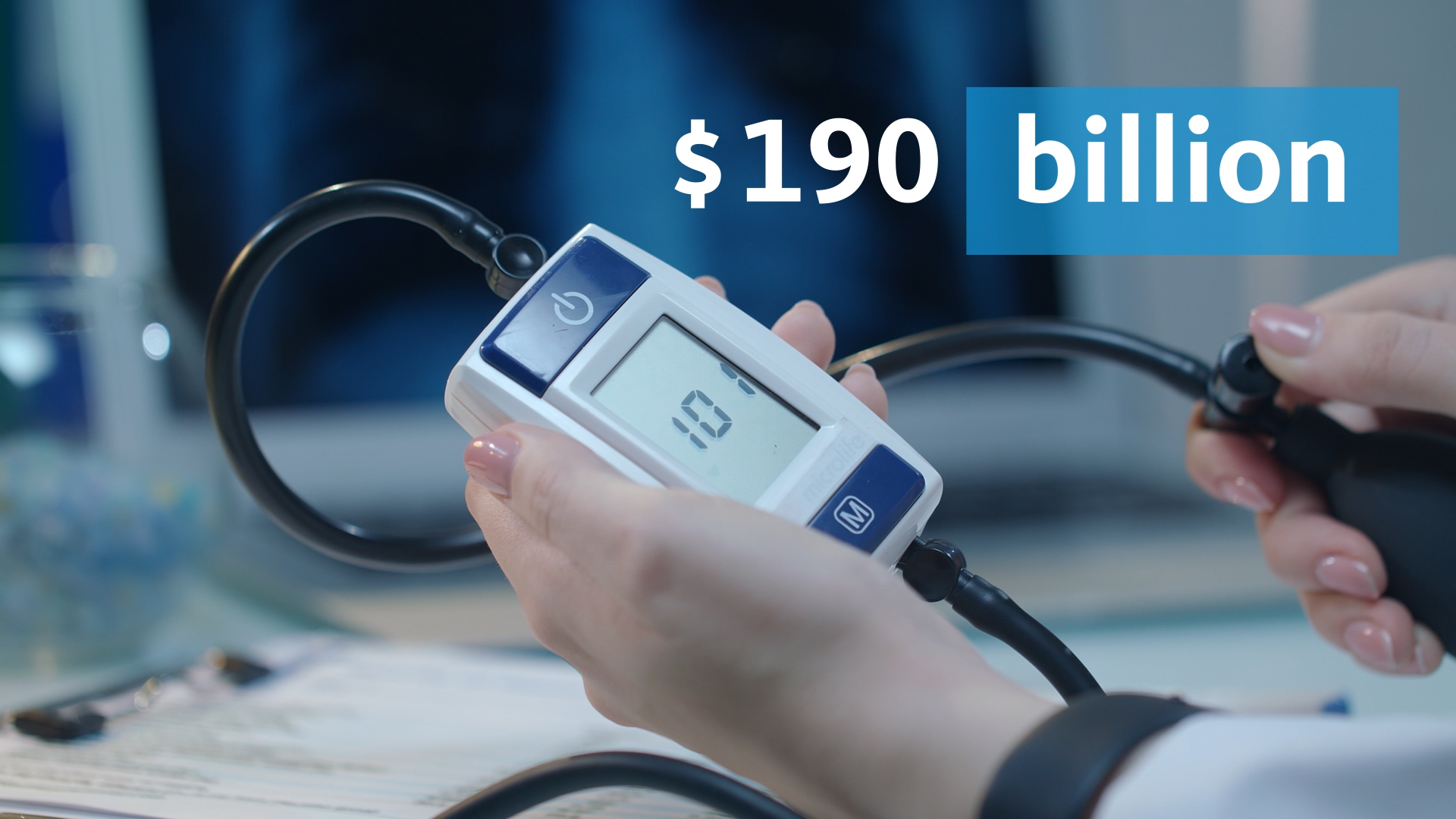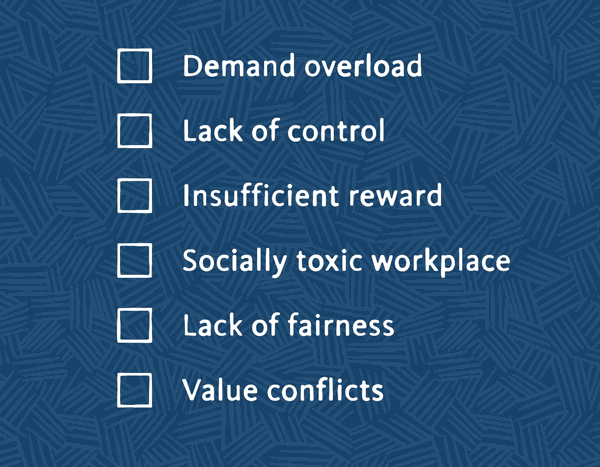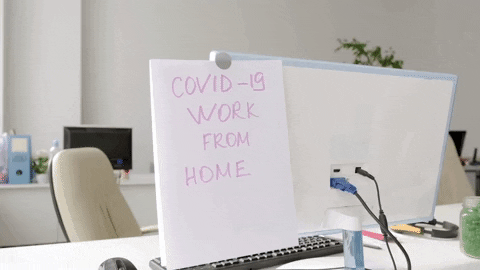2020 is the year of the essential worker — those in often thankless health care, agriculture and service industry jobs who have kept our world running despite the coronavirus pandemic. These are the people keeping supplies stocked on shelves, delivering endless packages and wearing PPE to treat the sick or prevent the spread of sickness. This year, we call them “heroes.”
But all too often these workers are feeling far from heroic — sometimes even wishing they’d never taken the job in the first place.
It’s a phenomenon UC Berkeley psychologist Christina Maslach calls “burnout.” Essential worker or not — a lot of us are feeling it right now.
Burnout happens when we’re asked to do things we can’t do, or facing more daily stress than we can manage. Burnout is more than just having a bad day at the job — it’s one bad day after another, a chronic feeling of exhaustion and stress that doesn’t go away.

It is a term popularized by Maslach and other researchers in the '70s and '80s, and it has been part of workplace research ever since.
Workers everywhere, especially essential workers, have been tapping into extraordinary inner resources to try to pull through the COVID-19 pandemic. Parents who are able to work from home check emails while trying to put their kids to bed and juggle constant Zoom calls (as do non-parents). Those working outside the home in essential jobs are often dealing with a stressed out public, and the added worry that they might bring home a disease to their family and friends. It’s a balancing act ripe for burnout, but the truth is, many of us were in situations prone to burnout to begin with.
Burnout was first used to describe social workers in a free clinic for addiction. They were exhausted and quick to anger, in addition to experiencing physical symptoms like headaches and sleeplessness. Maslach revolutionized the study of burnout by developing the Maslach Burnout Inventory, which provided a way to measure its symptoms. The assessment is organized around three measurable elements: emotional exhaustion, depersonalization and (a lack of) personal accomplishment. In the burned-out person, those translate to exhaustion, negativity or cynicism, and a sense of professional ineffectiveness.

Burnout happens when these three things come together, Maslach says. It’s emotional and physical exhaustion, plus a sense of disconnection.
“You lose the sense of passion and meaning about what you were doing and why. You’re saying, ‘what do I have to do to get out of here and still get a paycheck.’”
Perhaps worst is the third part that often comes in later, the negative response to oneself. “‘What’s wrong with me? Why can’t I do this? Maybe I made a mistake,’” are common thoughts among burned-out workers, Maslach says. “And that leads to depression and anxiety.”
“I've seen people in health care who have said, “I don't want my child ever to go and do what I've done.’ That’s not how it should be. Now you know something is wrong. And that's what I think the term is really capturing.”
Canary in a coal mine
The burned-out worker might think they are the problem, but actually, they’re the canary in the coal mine, according to Maslach. Their anxiety and lack of productivity is a reflection of larger problems in the workplace. If there are red flags with employees, that's a big sign that something is wrong with the employer (in this example, the coal mine).

Beyond the human toll, burnout is also costly problem for employers – with employers spending roughly $190B per year in burnout-related healthcare costs each year. And then there are productivity and job turnover issues to worry about. Workplace stress is estimated to cost the U.S. economy more than $500 billion dollars a year, with lost productivity amounting to about 550 million work days, according to the Harvard Business Review. Caregivers, like doctors and nurses, are especially vulnerable to burnout, contributing to tremendously high suicide rates: Men in those fields have a 40 percent higher risk of suicide, while for women it’s 130 percent higher.
The World Health Organization recently adopted Maslach’s conception of burnout, and is developing guidelines to help organizations manage the problem, as it becomes more commonly accepted that the burden of fixing this chronic workplace problem is on the employer, not the worker.
There are six aspects that make a workplace prone to burnout:
- Demand overload
- Lack of control
- Insufficient reward
- Socially toxic workplace
- Lack of fairness
- Value conflicts
“When there are these imbalances in any of those six areas, you're going to see people more at risk for experiencing the exhaustion, the cynicism, the lack of competence and efficacy,” Maslach says. “Whereas, if it's working better, then there's going to be more engagement.”

Health care workers making their own masks and other protective gear, for example, may at first seem inspiring — but it also signals a demand overload that can burn out people out really fast. Spending more time at home with the kids may initially seem like a dream, but as parents have already discovered, caring for children while working is a recipe for exhaustion. If employers don’t recognize these extra demands, feelings about the lack of fairness grow. And no matter where you work, inside or outside the home, the new realities of homeschooling or caring for sick family members can provide even more overload — what Facebook chief operating officer Sheryl Sandberg and her LeanIn.org co-founder, Rachel Thomas, recently called “the double-double shift.”
Delivery and service workers, the people driving our buses and checking out groceries, are at much higher risk for COVID-19 than people staying at home, which raises questions of fairness and insufficient reward. They cope with additional demands of sanitation and even isolation as they try to make sure they don’t make others sick. Employers dismissive of their concerns may face turnover issues, more sick time from stress and exhaustion, or worse, an epidemic in-house; we’ve seen many examples already of businesses where COVID-19 spread and things had to be shut down.
The good news is, several months into the COVID-19 pandemic, we’ve already shown we can change to deal with this. We have proved that workplaces can survive major cultural shifts — because they have to. With COVID-19 causing so much disruption in the workplace, we have a chance to change the way we work to avoid burnout culture. Now that things are so up in the air, we have the opportunity to change where and how they fall.

And we have to do it, before a burnout crisis hits us, hard.
“There's both positives and negatives that have come out of the pandemic and part of it is, how do we focus on the positives to kind of cope and maybe even come up with something better than we had before,” Maslach says.
“There are lots and lots of things we know from tons of data for years and years about what would make a better workplace,” she says. “They're all ready and waiting to go. So it's not like we're starting from scratch. We have lots of things we could do now — and why not now?”
Maslach suggests that workplaces apply the three “C”s:
- Collaborate
- Customize
- Commit
Collaborate, for example, means asking what employees need. “Ask for their ideas and their feedback on various alternatives and listen to them,” Maslach writes in recent piece addressing these issues. This can help foster a sense of fairness in decision-making, and a culture of shared values.

Customize, Maslach suggests, means adapting a proposed change to the local culture and type of occupation. There is no one-size-fits-all solution to any problem. And there is no one-size-fits-all way to make employees feel appreciated. Maslach told the Harvard Business Review about a CEO who installed a volleyball court on the roof of his office building. Perhaps it seemed like fun, but few people used it, or apparently, wanted it. All employees saw was an empty court. It inspired cynicism because that money could be going to so many other things. “They would think, If only I had some of that budget, I could fix [insert problem to be solved here],” Maslach says.
Commit is perhaps the most important of the “C”s. Workplaces often take temporary measures to fix problems, but don’t truly commit to changing the culture. “Sustain the effort to achieve positive improvements and evaluate and modify until you get it right,” Maslach says.
“The bottom line on burnout is that it is a social phenomenon, not an individual weakness,” Maslach says.
As we embrace the realities of social distancing, and the demands the pandemic is making of us, strong and healthy workplace cultures are more vital to our health than ever. Now is the time for employers to take on the three “C”s and see where they take us.
Christina Maslach is a professor of psychology and a core researcher at the Healthy Workplaces Center at the University of California, Berkeley. She is the pioneer of research on job burnout, and has written award-winning articles and books, including “The Truth About Burnout” and a forthcoming book on how to make the world of work a better place from Harvard University Press.

